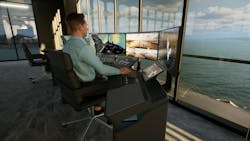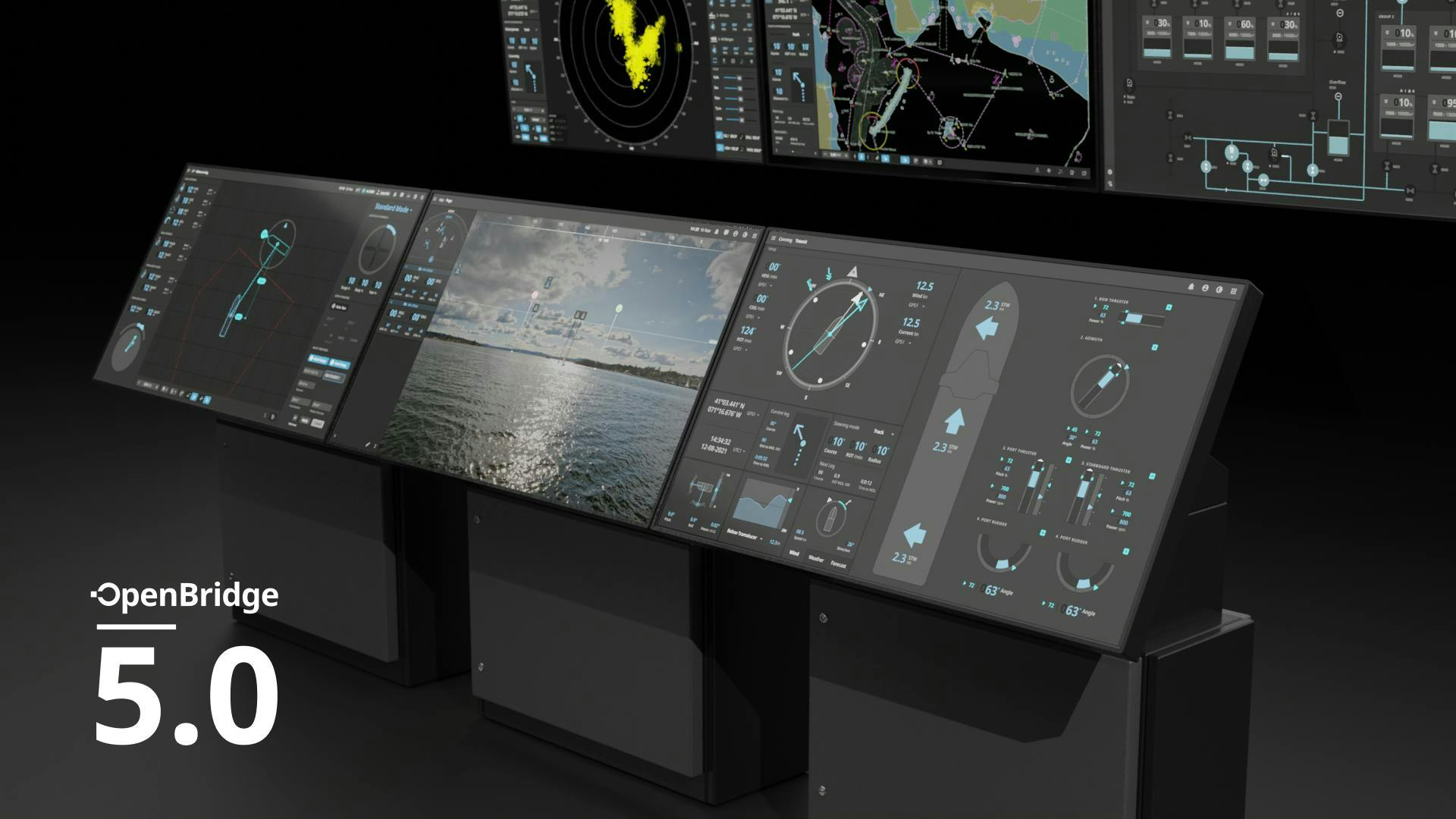Embracing open innovation in ROC workplace design
Editor's note: This article first appeared in the 2024 Remote Inspections & Operations Special Report, which published within the January/February 2024 issue of Offshore magazine.
By Kjetil Nordby, Ocean Industries Concept Lab
Recent advancements are significantly transforming remote operations centers (ROCs), particularly in the context of unmanned missions. These missions increasingly integrate subsea ROVs (Remotely Operated Vehicles) with other remotely controlled assets, such as surface vessels. This evolution not only complicates the operational aspects of ROCs but also necessitates the integration of innovative systems.
A critical aspect of these emerging systems is ensuring user-friendliness and operational efficiency. However, achieving efficient workplace design in ROCs presents a formidable challenge due to the complexity of integrating diverse systems. The next-generation ROCs often represent advanced, multi-vendor environments where various companies contribute partial solutions. Integrating these into a cohesive user experience is a significant challenge. This is due to the individual user interfaces of different systems, which may not align with the overarching design philosophies of the entire workplace.
Establishing a consistent design language in the workplace involves harmonizing various user interface elements across systems. Consistency is achieved through standardizing aspects such as UI components, layout structures, and visual styles. Such consistency not only facilitates knowledge transfer among different systems but also enhances overall usability. In the context of ROCs, the advantages of consistent design are particularly notable, as it simplifies the transition for operators moving between different ROCs, and between different assets within the same ROC. Conversely, a lack of consistent design can pose significant risks to operational efficiency and safety. It complicates the learning curve for operators and increases the probability of human errors during operations.
This challenge parallels issues identified and addressed in ship bridge design in the maritime sector. There, recent industry-led open innovation processes have produced the OpenBridge Design System, an open-source design framework offering shared design guidelines and tools.
Such neutral design guidelines are particularly important in advanced multi-vendor workplaces, as they allow multiple independent vendors to deliver consistent design across all systems. It represents a new approach to user-centered design in the ocean industries, delivering safe and efficient workplaces through cross-industry design collaboration. Since its launch in March 2020, a large number of maritime companies have accessed the OpenBridge tools and used them to design innovative products already available in the market.
As ROC workplaces increase in versatility and complexity, there is a risk that lack of design consistency also will emerge as a growing challenge. The newly established OpenRemote research project, with 22 industry-leading partners, is currently addressing this issue by extending and adapting the OpenBridge design system from ship bridges to ROCs. The existing OpenBridge system supports the design of most on-ship user interfaces as well as graphic libraries supporting digital information overlays over video streams. Initial design processes have already applied OpenBridge to underwater and surface vehicles with promising results. Future work will extend the current libraries to better adapt the system to land-based workplace form factors, communication systems, and support for human-automation interaction.
OpenRemote's objective is to develop an open-source design guideline that enables cost-effective and modern, consistently designed multi-vendor ROC workplaces supporting multiple types remotely controlled and autonomous assets, and that can deliver consistent design across workplaces on ships and in ROCs. The latter point is important since it is likely that there are multiple scenarios where maritime operations will be supported by both crewed ships and remotely operated drones.
Open, cross-industry collaborative design is a new phenomenon in the ocean industries. Yet, in this domain with rapid technology innovation and tight collaboration between specialized vendors, such collaboration seems especially important. After all, for people to keep up with the innovation, it is necessary that the workplaces are well designed and integrated.






